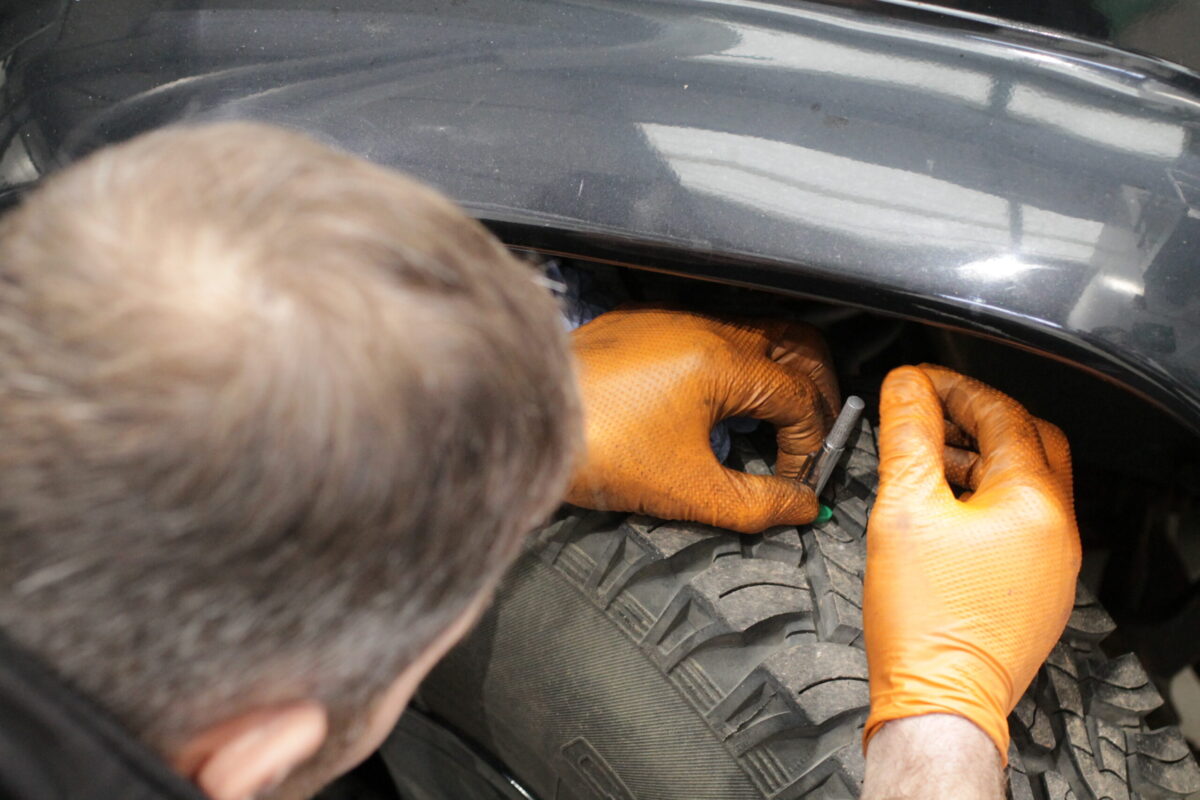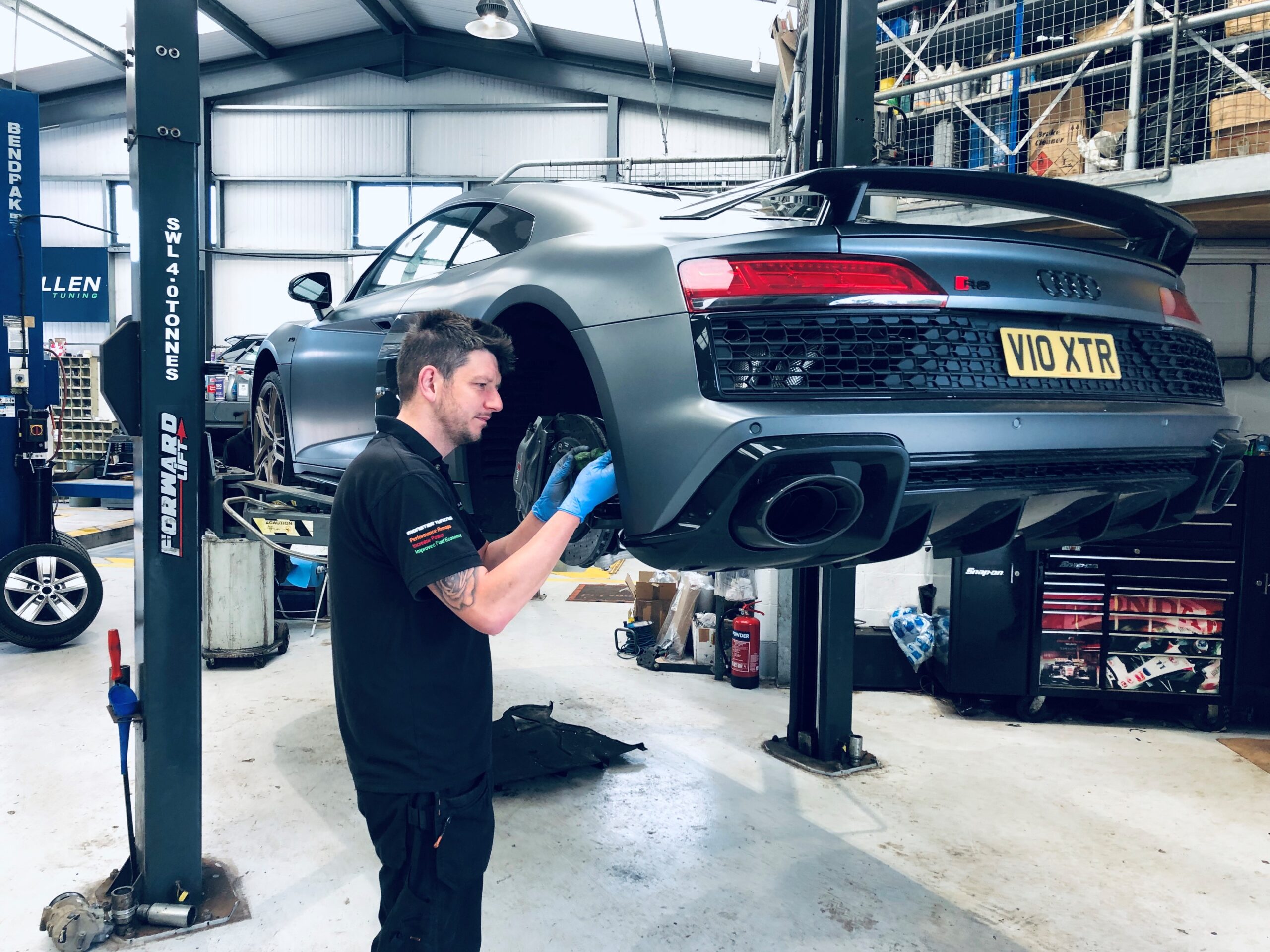
6 common MOT fails (and how to avoid them)
A Ministry of Transport (MOT) exam assesses the safety, functionality and emissions output for every passenger vehicle in the UK. Every vehicle older than three years must annually pass an MOT to legally drive on British roads to ensure the safety of drivers, passengers and pedestrians.
But according to the RAC, around 37% of passenger vehicles with up to twelve seats fails an MOT on a yearly basis. To help you avoid the same misfortune, here’s the most common reasons a vehicle fails an MOT (and what you can do to avoid them).
1. Suspension faults
Your vehicle’s suspension system is responsible for a smoother ride and sufficient steering stability. But over time, components with your suspension system such as joints, springs and shock absorbers become worn causing unusual noises and an uneven road feel.
A quick way to check your suspension is to push down on every corner of your vehicle to see if it quickly settles to the correct height. You should also contact a technician for a professional evaluation.
2. Tyre conditions
Insufficient tyre tread depth is one of the most common causes of MOT failures in the UK. Not only do worn tyres contribute to poor handling and reduced friction, but they’re also a danger to you and other road users.
Each tyre should have a tread depth of at least 1.6mm to be legal on UK roads, which you can check using the edge of a 20 pence coin, or by contacting your local vehicle service centre.
3. Lighting and signalling issues
Lighting and signalling issues top the charts when it comes to MOT failures. Typical faults might include issues with headlights, brake lights, indicators and registration plate lights.
Before your MOT, it’s wise to check all your lights are working by asking a friend, neighbour or family member to observe your lights while you test them. Although it’s possible to perform these tests alone, it’s easier to have someone with you to check your brake and reverse lights.
Any problems you identify can often be resolved with an easy fix, usually by replacing the bulb(s). With more technical issues such as relays, switches and wiring, it’s best to seek advice from a qualified technician.

4. Driver visibility problems
You don’t need us to tell you clear visibility is essential for safe driving. But despite the obvious, over 10% of vehicles fails an MOT every year due to damaged windscreens, obstructed mirrors, faulty bonnet latches or cracks and chips in the driver’s eyeline.
To give your vehicle the best chance to pass its MOT, you should check and clean up any points of visibility before your trip to the garage.
5. Brake system failures
One in ten vehicles fails an MOT due to issues with the braking system. Squeaking, grinding and vehicles that pull to one side when braking are all common signs your brake discs and pads could be worn.
To inspect your brakes, you can perform a light visual check by looking through the spokes. Or, if you have the right tools, you can remove each wheel to perform a more thorough check.
When inspecting your brake pads, there should be at least 3mm of pad visibility. If you see anything less, you will need to get your pads replaced.
6. Seat belts and restraint systems
Although it only accounts for 2% of failures, seat belt and restraint systems should all be checked before you book your MOT. It goes without saying they’re the most important devices in your vehicle, so any issue identified by your technician will result in an immediate MOT failure.
Get in touch
If you have any questions or want to book your vehicle in for an MOT, call our team on 01273 584987.